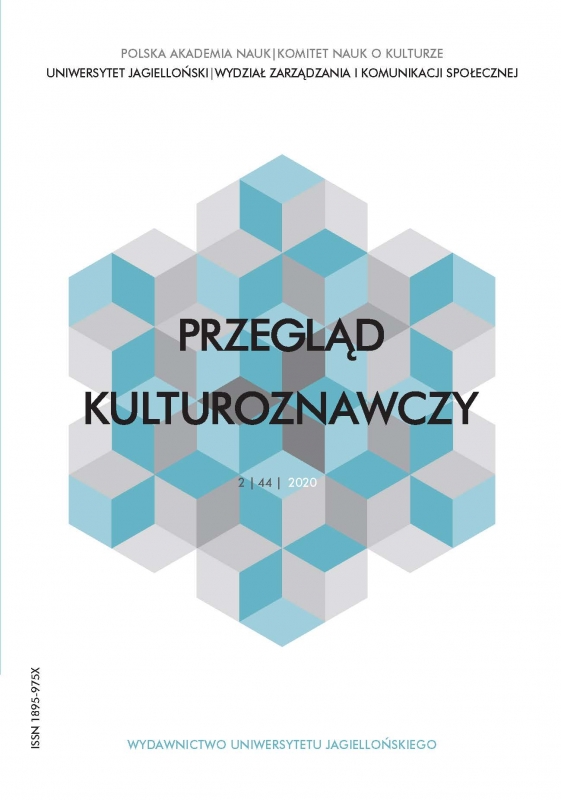Laban Bartenieff Movement System jako inspiracja dla ucieleśnionego designu w kontekście projektowania przestrzeni miejskiej
Laban Bartenieff Movement System as an Inspiration for Embodied Design in the Context of Urban Space Design
Author(s): Blanka BrzozowskaSubject(s): Social Sciences, Rural and urban sociology, Sociology of Culture
Published by: Wydawnictwo Uniwersytetu Jagiellońskiego
Keywords: embodied design; somatechnics; somaesthetics; Laban Bartenieff Movement System; play design
Summary/Abstract: In recent years, there has been an increased interest in the use of somatechnics as a part of the ideation in the design process. Even though extensive literature has been devoted to the issue of the embodied design and the possibility of a practical application of somatechnics, the problem of articulation of somatic experience remains marginalized and unresolved. This is not so much about theoretical considerations as about the possibility of developing description tools, or more broadly, a language of communication that would be useful both: researchers dealing with the description of the design process and designers themselves. This problem is particularly interesting in relation to developing trends related to the use of fun and participation in the design practice. The aim of the article is therefore to describe the problem of articulation of somatic experience in the context of developing a language that can allow an effective and satisfactory translation of the initial idea of designing experience into its final effect. The emphasis is on designing experiences related to urban space. In the face of problems arising here (during the implementation process itself), the possibility of using the “language of movement” will be examined, according to the theory and practice of the Laban Bartenieff Movement System (LBMS). This system has hardly found a detailed description so far as one of the somatechnics that can be used as part of embodied design projects. The main issue is how to link motion observations and articulate the effects of these observations with strategies for embodied design in interactive environments. Considering that this system provides not only extensive conceptual equipment for describing and developing the language of movement but also visual tools derived from the Labanotation model, it is worth looking at this system in the context of its possible application as somatechnics in the design process, especially when it comes to experiences related to the use of urban spaces.
Journal: Przegląd Kulturoznawczy
- Issue Year: 44/2020
- Issue No: 2
- Page Range: 92-106
- Page Count: 15
- Language: Polish

